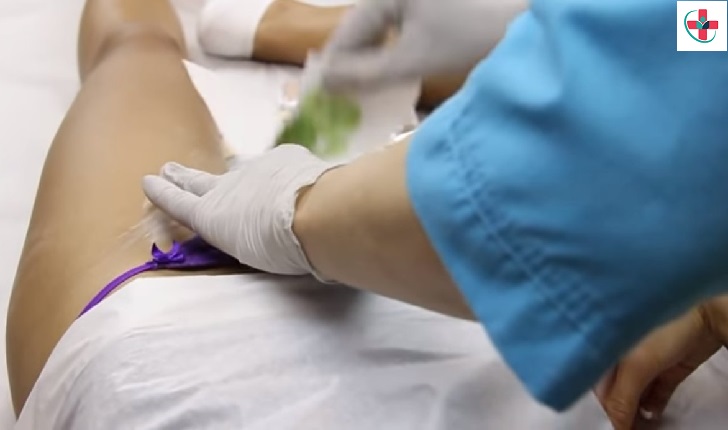Some people don’t like being hairy. And it can be quite embarrassing moving around with unwanted body hair, especially for women. That aside the art of hair removal either through tweezing, waxing, or shaving and without health implications is the mastery of a few.
Waxing is one of the most preferred methods due to its smooth finish. It also lasts longer despite the pain endured. But caution should be on the cards due to infections and in the wake of the new trend in which women have taken to waxing ‘private parts.’
Indeed, waxing ‘down there’ should go with the highest levels of hygiene and expertise as it comes with risks of burns, allergic reactions, red painful pimples, and even extended skin infections.
This is because the skin around the ‘mound of Venus’ is more delicate and prone to painful swelling besides taking longer to heal.
Some of the most common sources of infection at your beauty salon include contaminated products like wax, creams, or clothes, which are spread within the salon environment, and the beautician.
And because each root of your hair grows from a tiny pocket known as a follicle, if the waxing is not well handled in terms of the applicants before, during, and after, it may lead to nasty skin reactions.
The follicles can be diseased if they are blocked or irritated by sweat or when they are injured during shaving or waxing leading to an infection called folliculitis.
It is also likely that this infection can spread if treatment is not sought and checking on it could turn itchy, and pimples may ooze pus.
So, if you still insist on waxing ‘down there’ in a salon and not at home, please check the safety and sanitation of the place beside the single-use equipment that is sterilized after that.
The wax applicator should be disposable, and so should the wax strips and the wax shouldn’t be too hot to prevent burns.
For products to be used on the genitals it’s wise to pre-test them in other areas and you should also be keen to visit hygienic beauty salons, where those waxing you should regularly wash their hands.
A commonly propelled myth on hair removal is that it grows back thicker and darker which is untrue because these two factors are determined by genes.
Irrespective of whether you decide to use tweezers, shave, or wax, hair follows a distinct growth pattern of the growth, shrinking and detaching, resting, and shedding phase.
Waxing is one of the most preferred methods due to its smooth finish. It also lasts longer despite the pain endured. But caution should be on the cards due to infections and in the wake of the new trend in which women have taken to waxing ‘private parts.’
Indeed, waxing ‘down there’ should go with the highest levels of hygiene and expertise as it comes with risks of burns, allergic reactions, red painful pimples, and even extended skin infections.
Infections from salons
This is because the skin around the ‘mound of Venus’ is more delicate and prone to painful swelling besides taking longer to heal.
Some of the most common sources of infection at your beauty salon include contaminated products like wax, creams, or clothes, which are spread within the salon environment, and the beautician.
And because each root of your hair grows from a tiny pocket known as a follicle, if the waxing is not well handled in terms of the applicants before, during, and after, it may lead to nasty skin reactions.
Home treatment
The follicles can be diseased if they are blocked or irritated by sweat or when they are injured during shaving or waxing leading to an infection called folliculitis.
It is also likely that this infection can spread if treatment is not sought and checking on it could turn itchy, and pimples may ooze pus.
So, if you still insist on waxing ‘down there’ in a salon and not at home, please check the safety and sanitation of the place beside the single-use equipment that is sterilized after that.
Test products first
The wax applicator should be disposable, and so should the wax strips and the wax shouldn’t be too hot to prevent burns.
For products to be used on the genitals it’s wise to pre-test them in other areas and you should also be keen to visit hygienic beauty salons, where those waxing you should regularly wash their hands.
Truth about regrowth
A commonly propelled myth on hair removal is that it grows back thicker and darker which is untrue because these two factors are determined by genes.
Irrespective of whether you decide to use tweezers, shave, or wax, hair follows a distinct growth pattern of the growth, shrinking and detaching, resting, and shedding phase.
$ads={1}

